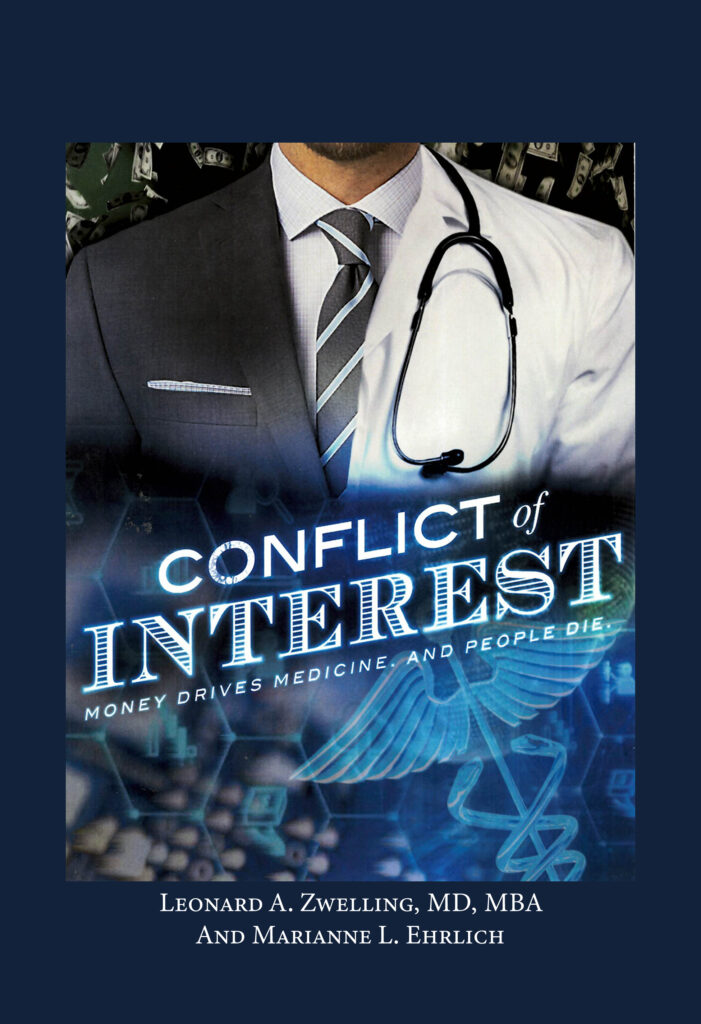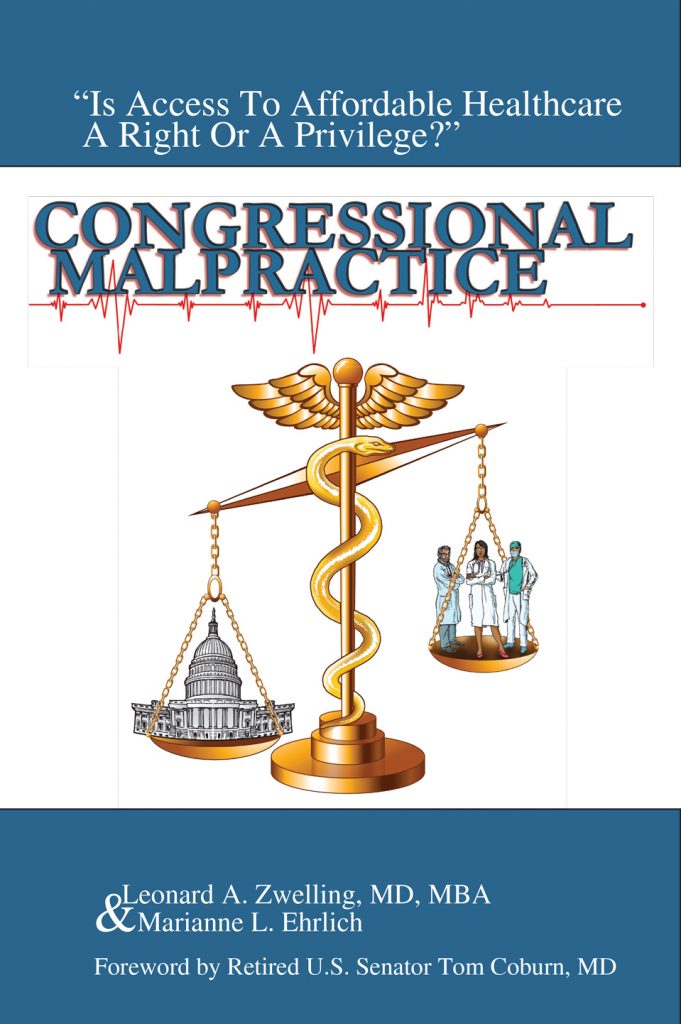The Inherent Risks Of An Occupation
By
Leonard Zwelling
https://www.nytimes.com/2023/01/03/sports/football/nfl-broadcast-fans.html?searchResultPosition=1
It’s all well and good to admit that there are inherent dangers in certain lines of work. This has, of course, come under much discussion with the collapse of Damar Hamlin of the Buffalo Bills on the playing field during last Monday night’s NFL contest with the Cincinnati Bengals. As of this writing it appears that Hamlin got up after a violent, but not head-involved, tackle and then collapsed. He is reported to have lost his heart beat which was restored using CPR and as of this writing (January 8), he is still in critical condition at a Cincinnati hospital, but progressing. The most likely cause of this mishap is a blow to the chest causing an arrhythmia and cardiac arrest. Everyone can only hope the young man recovers fully.
But, as Kurt Streeter notes in the attached piece from The New York Times on January 4, we will all watch football a little differently now that we have seen someone almost die in front of our eyes during the course of the normal violence that is professional football. In the end, the violence is part of the game and it is admittedly, the part of the game that draws the fans. The players are modern gladiators and suffer the same fates as those who fought in the Roman Coliseum did. So many ex-NFL players lead abbreviated and painful lives after football with severe trauma to their central nervous systems as well as to their connective tissue. It is the part of the game that players accept if they choose to play. As long as there will be NFL football, as well as football in high school and college, there will be lasting physical and psychological wounds that scar those who choose to play. It’s the risk they accept.
Coal mining, race car driving, and police work all have risks inherent in the performance of the job. These risks can be managed, but they can never be eliminated.
Has the same become true for doctors?
Throughout my training and professional career, I never heard discussions about physician wellness, burnout, or work-life balance. To be blunt, the motto of those with whom I trained was “I know life is hard, but what did the Gram stain show.” What this meant is that even though it was three in the morning, and you were admitting your fifth patient of the night, you still had to stain the sputum of any patient with an infiltrate on his chest x-ray before deciding which antibiotics to use based on whether or not the bugs in the sputum were Gram-positive cocci or Gram-negative rods. There were no short cuts and no one else was going to do it.
I think today’s docs have a very different training life than the one I had. Their hours are limited. Mine were, too. No more than 168 hours per week. Now, there are programs for physician wellness and work-life balance. Much of this is due to the influx of women into medicine. No matter what the scientists manage to do, it is still women who have children and they need the time in their professional schedules to have and care for their families, as do their husbands and everyone who is a medical trainee. And it doesn’t end with training. Throughout a medical career the institutions that employ these physicians need to try to strike a balance between efficient patient care and mentally healthy doctors.
As patients become sicker and there are more things doctors can do for them diagnostically and therapeutically, the pressure on doctors is greater than ever. As medicine has become corporatized, the need to see ever more patients doubles that pressure. Add to that the electronic medical record and its attendant increase in physician work and you have a formula for making doctoring a high-risk profession, far higher than fifty years ago.
Caring for sick people will never be as dangerous as playing in the NFL, but patients might look upon their physicians differently if they knew what the life of a physician in 2023 has become.
It has been one of my pet theories for years that you can predict when a profession has become devalued by society because the number of women in it increases greatly. This may be considered sexist by some, but prove me wrong. It happened with teaching. It happened with the law. The last class of entering Duke Medical School freshmen was 73% women. My class of 86 had three.
The world of health care is changing rapidly. The face of doctors is looking more like America than it did when I trained 50 years ago and that’s good. Yes, medicine needs to accommodate the realities of who is caring for patients as their female ranks grow. At the same time, the essence of medicine, like the essence of professional football is stressful and thus risky. We all accepted that in the beginning. We need to remind ourselves of this today as we try to ease that stress on physicians, we cannot forego the sacrifice that comes with being a doctor.
Caring for the sick cannot be stress free and it cannot be accommodated by Google calendar. As in the NFL, you’re all in.
As they said to me on my first day of training as a Duke medical intern, “welcome to the NFL.”





2 thoughts on “The Inherent Risks Of An Occupation”
You mention Duke. To follow up on a point Joel Dunnington made in response to your previous blog, Duke has several professorships and lab research programs funded by tobacco money. Here’s a couple.
Mary E. Klotman, MD
RJ Reynolds Professor of Medicine
David N. Beratan, PhD
RJ Reynolds Distinguished Professor of Chemistry
To the best of my knowledge, MD Anderson has long prohibited accepting tobacco money for any endeavor. And, as I remember, Joel was a mover and shaker in establishing that policy.
Thanks. Well, you will be surprised to learn that the next convocation speaker is none other than Dr. Mary Klotman. LZ